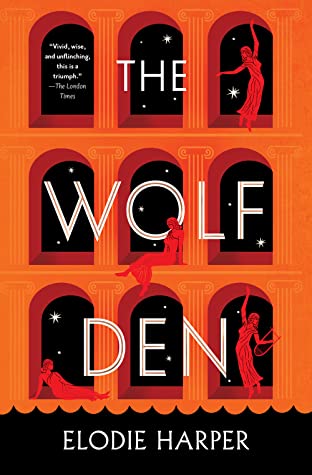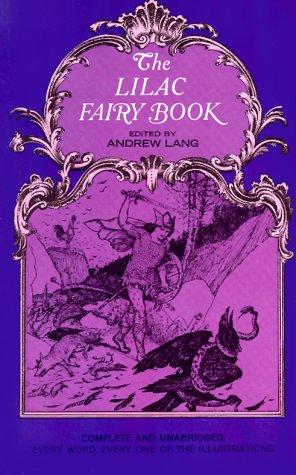Edith Nesbit wrote around the turn of the 20th century, and she is sort of the godmother of modern fairy tales. The type of children in her stories are typically the sort who have governesses (or at least cook and the housemaid looking after them), and who go out in the country during the summer holidays. In those days, in middle-to-upper-crust London society, parents evidently didn’t spare much time for their kids, who also did not have separate bedrooms that they guarded like their own private fiefdoms, but rather a sort of suite that consisted of a day nursery and a night nursery (or possibly two night nurseries, one for boys and one for girls).
These strange-to-us social conditions, as well as the dated conditions in which fireplaces, gas fixtures, and horse-drawn conveyances meant more to people than they do to us, and the overall Britishness of everything, makes the stories quaint and exotic for today’s American reader, though in their day they were probably viewed as strikingly down-to-earth and frank about the realities of human nature. Yet also, laced with charm, humor, fantasy, and adventure.
Nesbit’s unique take on fairy-tale adventure has influenced many writers after her, including Edward Eager and J. K. Rowling. Hers are the sort of tales in which ordinary, modern children come to grips with a world of fantastic, fairy-tale magic, and have to deal with the consequences of “worlds in collision.” Her magical books include the trilogy of Five Children and It, The Phoenix and the Carpet, and The Story of the Amulet, plus other stories such as The Story of the Treasure Seekers, The Enchanted Castle, and The Railway Children.


